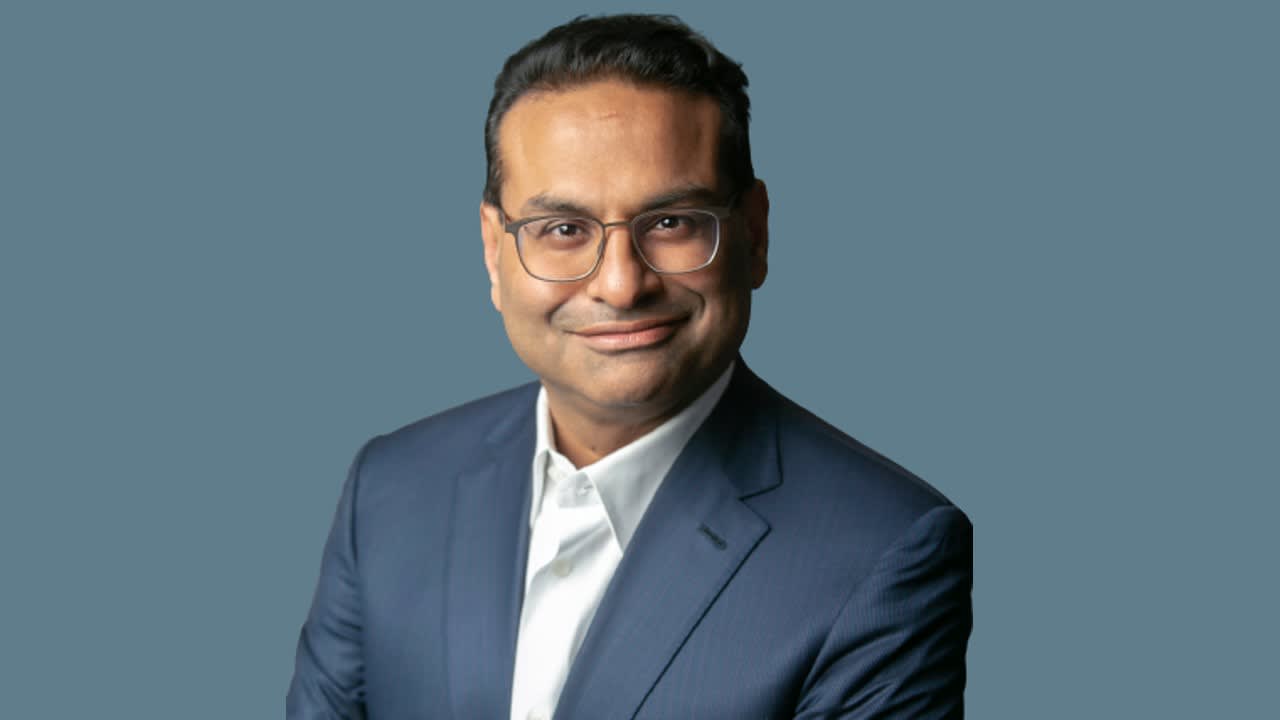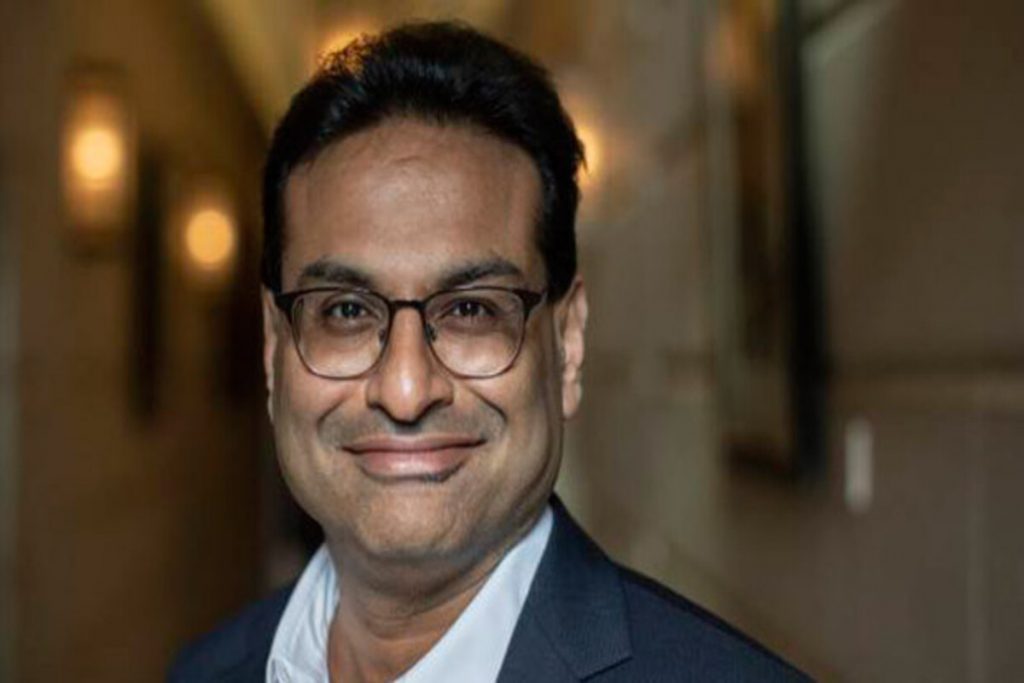Laxman Narasimhan’s Career Journey: Ceo Laxman Narasimhan

Laxman Narasimhan’s career path is a testament to his strategic thinking, global experience, and unwavering commitment to driving growth in consumer-focused businesses. From his early days in the financial world to his leadership roles in global giants like PepsiCo and Reckitt Benckiser, his journey is marked by a consistent drive to deliver results and innovate in the face of changing market dynamics.
Early Career and Financial Expertise
Narasimhan’s career began in the world of finance, where he honed his analytical skills and developed a deep understanding of business operations. His early experience laid the foundation for his later success in the consumer goods industry.
- Narasimhan began his career at McKinsey & Company, a global management consulting firm, where he worked for seven years. During his time at McKinsey, he gained valuable experience in strategy development, operational efficiency, and market analysis.
- He then joined PepsiCo in 1999, taking on various roles within the finance and strategy departments. His contributions were recognized, and he quickly rose through the ranks, demonstrating his ability to manage complex business challenges.
Leadership Style and Approach
Narasimhan’s leadership style is characterized by a focus on building strong teams, fostering a culture of innovation, and driving sustainable growth. He believes in empowering his teams to take ownership and make decisions, creating a collaborative and results-oriented environment.
- He is known for his data-driven approach to decision-making, leveraging insights to guide strategic initiatives and ensure that resources are allocated effectively.
- Narasimhan’s leadership style is also marked by his ability to adapt to changing market conditions. He understands the importance of staying ahead of the curve and embracing new technologies and consumer trends. His experience leading through periods of significant transformation demonstrates his resilience and ability to navigate complex business landscapes.
Contributions to PepsiCo and Reckitt Benckiser
Narasimhan’s contributions to the success of both PepsiCo and Reckitt Benckiser are significant. He played a pivotal role in shaping their strategic direction, driving growth in key markets, and navigating complex challenges.
- At PepsiCo, Narasimhan served as Chief Financial Officer (CFO) from 2012 to 2014. During his tenure, he led the company’s financial strategy, oversaw its global operations, and played a key role in the acquisition of Quaker Oats.
- In 2014, Narasimhan joined Reckitt Benckiser as Chief Commercial Officer. He quickly rose to the position of Chief Executive Officer (CEO) in 2019. During his leadership, he spearheaded a significant transformation of the company, focusing on streamlining operations, strengthening its global presence, and driving innovation in its product portfolio. His efforts led to a significant increase in the company’s market share and profitability.
Narasimhan’s Impact on Starbucks

Starbucks, the global coffee giant, faced significant challenges in the years leading up to Laxman Narasimhan’s appointment as CEO in 2023. These challenges included declining customer satisfaction, stagnating sales, and a growing disconnect between the company and its employees. Narasimhan, with his diverse background in consumer goods and his focus on data-driven decision-making, stepped into the role with a clear vision to revitalize the company.
Strategies for Revitalization, Ceo laxman narasimhan
Narasimhan’s strategy for reviving Starbucks involved a multi-pronged approach, focusing on enhancing the customer experience, streamlining operations, and strengthening the company’s digital presence.
- Customer Experience: Narasimhan recognized the importance of a positive customer experience and implemented several initiatives to improve it. These initiatives included:
- Enhanced Store Design: Starbucks revamped its store design, introducing a more modern and welcoming atmosphere. The focus was on creating an inviting environment that encourages customers to linger and enjoy their coffee.
- Personalized Service: Narasimhan emphasized the importance of personalized service, encouraging baristas to engage with customers and build relationships. This focus on personalized service aimed to create a more memorable and enjoyable experience for customers.
- New Menu Items: Starbucks introduced new menu items, including plant-based options and innovative beverages, to cater to evolving consumer preferences. These new offerings aimed to attract new customers and keep existing customers engaged.
- Operational Efficiency: Narasimhan recognized the need for operational efficiency to improve profitability and customer satisfaction. He implemented several initiatives to streamline operations, including:
- Streamlined Supply Chain: Narasimhan focused on optimizing the supply chain to ensure efficient delivery of coffee beans and other ingredients to stores. This streamlining process aimed to reduce costs and improve the overall efficiency of the company.
- Digital Ordering and Payment: Starbucks heavily invested in its digital ordering and payment platforms, making it easier for customers to order and pay for their coffee. This initiative aimed to reduce wait times and improve the overall customer experience.
- Employee Training and Development: Narasimhan emphasized the importance of employee training and development, investing in programs to enhance barista skills and knowledge. This focus on employee development aimed to improve customer service and create a more engaged workforce.
- Digital Transformation: Narasimhan understood the importance of a strong digital presence in today’s world. He implemented several initiatives to enhance Starbucks’ digital capabilities, including:
- Mobile Ordering and Payment: Starbucks heavily invested in its mobile ordering and payment platforms, making it easier for customers to order and pay for their coffee. This initiative aimed to reduce wait times and improve the overall customer experience.
- Personalized Recommendations: Starbucks leveraged data analytics to provide personalized recommendations to customers based on their past orders and preferences. This personalized approach aimed to enhance customer satisfaction and drive repeat business.
- Social Media Engagement: Starbucks increased its social media presence, engaging with customers and building a strong online community. This initiative aimed to strengthen the brand’s connection with its customers and foster brand loyalty.
Narasimhan’s Vision for the Future of Starbucks

Laxman Narasimhan’s vision for Starbucks is one of continued growth and expansion, but with a keen focus on adapting to the evolving preferences of a new generation of coffee lovers. He aims to position Starbucks as a leader in the future of coffee, driven by innovation and technological advancements.
Starbucks’ Future Growth and Expansion
Narasimhan envisions a future where Starbucks continues to expand its global reach, targeting new markets and diversifying its offerings. He plans to achieve this by:
- Expanding into new markets: Starbucks is already present in over 80 countries, but Narasimhan plans to further expand into emerging markets with a focus on countries with a growing middle class and a strong coffee culture. This will involve tailoring offerings to local tastes and preferences.
- Diversifying product offerings: Starbucks will continue to innovate with its core coffee offerings, introducing new blends, brewing methods, and flavor profiles. The company will also explore new categories, such as plant-based beverages, tea, and other non-coffee drinks, to cater to a wider range of consumer preferences.
- Strengthening its digital presence: Starbucks has already made significant strides in its digital strategy, with its mobile ordering and loyalty programs. Narasimhan plans to further enhance these digital offerings, providing customers with a seamless and personalized experience.
Adapting to Evolving Consumer Preferences
Narasimhan recognizes that consumer preferences are constantly changing, particularly among younger generations. He aims to adapt Starbucks to these trends by:
- Focusing on sustainability: Sustainability is becoming increasingly important to consumers, and Starbucks is committed to reducing its environmental impact. Narasimhan plans to invest in initiatives that promote sustainable coffee sourcing, waste reduction, and renewable energy.
- Prioritizing health and wellness: Consumers are increasingly interested in healthier options, and Starbucks is responding by offering more plant-based and low-sugar choices. The company will also focus on providing more transparency about its ingredients and nutritional information.
- Embracing personalization: Narasimhan believes that Starbucks needs to offer more personalized experiences, catering to individual tastes and preferences. This could involve offering customized beverages, personalized recommendations, and tailored promotions.
Innovation and Technological Advancements
Narasimhan believes that innovation is key to Starbucks’ future success. He plans to leverage technology to enhance the customer experience and drive efficiency. This will involve:
- Investing in artificial intelligence (AI): AI can be used to improve the customer experience by providing personalized recommendations, optimizing operations, and automating tasks. Starbucks is already experimenting with AI-powered chatbots and personalized coffee recommendations.
- Exploring new brewing methods: Starbucks is constantly looking for new and innovative ways to brew coffee. This could involve experimenting with new brewing technologies, such as cold brew or nitro cold brew, or developing new coffee blends that offer unique flavor profiles.
- Enhancing the in-store experience: Narasimhan believes that the in-store experience is still crucial to Starbucks’ success. He plans to invest in technology that enhances the in-store experience, such as digital menu boards, interactive displays, and mobile ordering kiosks.
Laxman Narasimhan, a seasoned executive with a background in consumer goods, is no stranger to leading large organizations. His most recent role as CEO of starbucks ceo laxman narasimhan marks a significant step in his career, one that has brought him to the forefront of the coffee industry.
As he navigates the challenges and opportunities that come with leading such a globally recognized brand, Narasimhan’s focus on innovation, customer experience, and sustainable practices is expected to shape the future of Starbucks.
Laxman Narasimhan, the new CEO of Starbucks, is tasked with reviving the coffee giant’s fortunes. His leadership style, however, differs from that of Brian Niccol, the CEO of Domino’s and Chipotle, whose net worth is estimated to be quite substantial here.
Narasimhan’s focus on customer experience and innovation might lead to a different trajectory for Starbucks, although both CEOs face the challenge of navigating a competitive and evolving market.